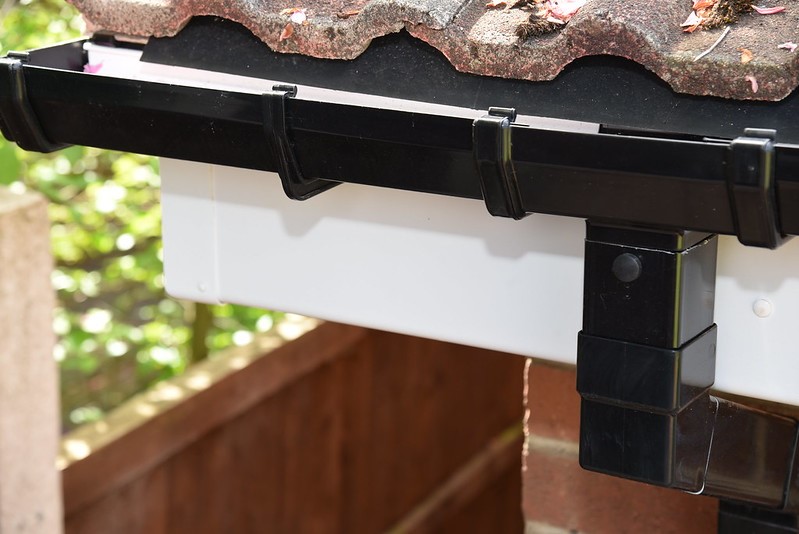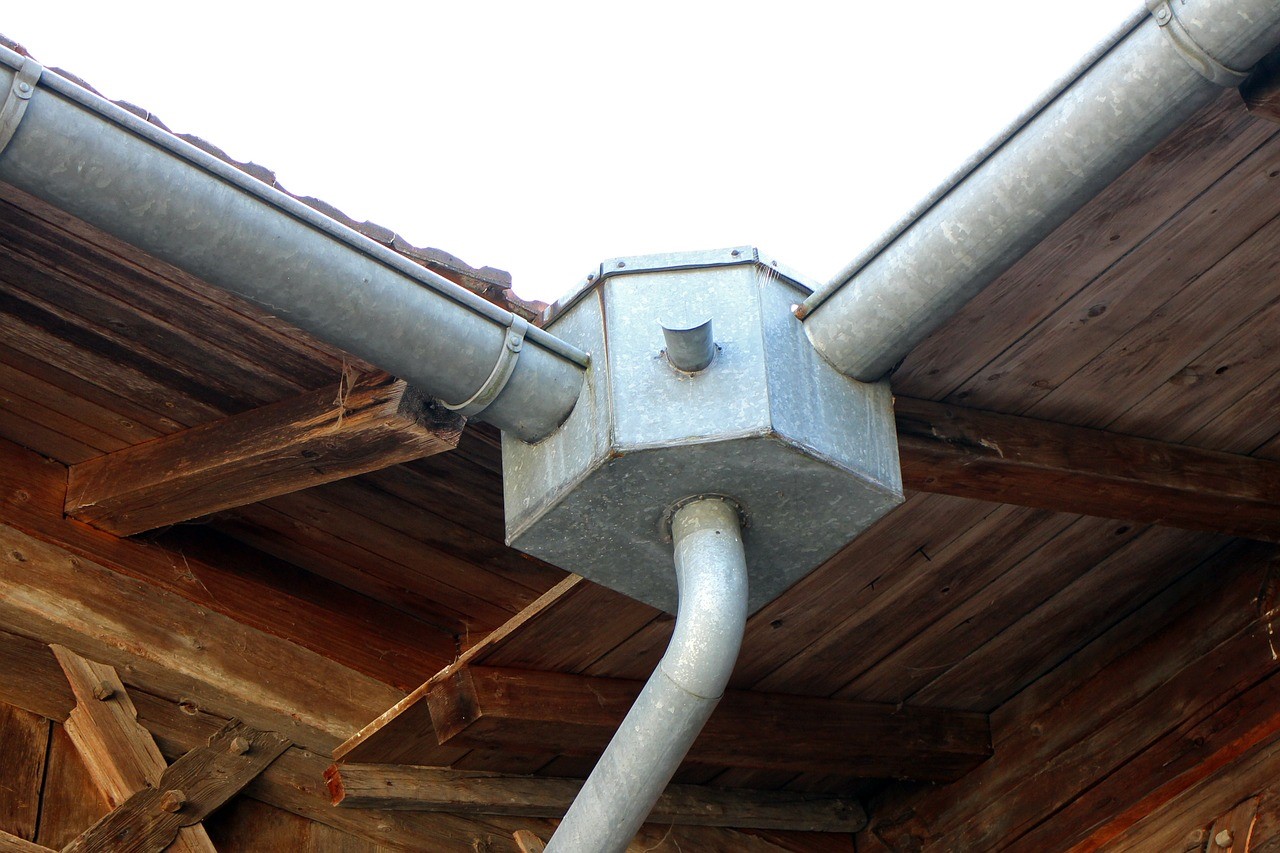The downpipes and guttering across the outside of your home provide a valuable function, allowing rainwater and debris to drain from the roof of your house. This prevents water and moisture damage from penetrating your roof and siding, protecting your home from the extremities of weather. Follow these six tips to ensure excellent maintenance for your home.
Prevent Blockages
To prevent blockages within your gutters and downpipes, install leaf guards and bird guards appropriately so that blockages do not settle in your guttering in the first place.
Maintain Landscaping
Looking after the trees, shrubs, and plants outside of your home increases curb appeal, although such vegetation may easily become overgrown. Cut back trees that overhang your guttering or are positioned close to your gutter, in addition to any trees or shrubs that are close to the exterior wall of your home, preventing moisture build-up.
Clean Your Gutters
The purpose of gutters on the exterior of your home is to prevent rainwater seeping into the roof or the foundations of your home. However, gutters may become clogged with leaves and moss and may prevent the rainwater from draining in full, causing water damage to the siding and the roof of your home. If you have trees nearby, you may need to clean your gutters two times per year; otherwise, you may be able to clean your gutters only once per year.
Image Credit
Protect Your Downpipes
The downpipes are another area to keep clean and unclogged so that water can flow freely. However, you should also protect your downpipes by using pipe protectors from a reputable company such as https://www.meterbox.co.uk/pipe-protectors, adding a layer of protection to the downpipe to stop cracking and impact damage.
Check Your Gutters and Downpipes are Watertight
Observe closely the gutter junctions on a rainy day, searching for any leaks or cracks that are visible when the water is flowing through each gutter and downpipe. Why not fit a water butt to your downpipe? The BBC advises on the benefits of fitting a water butt to preserve the rainfall.
Check for Blockages
Additionally, on a rainy day, listen closely to the downpipes to check that you can hear the rainwater running through it. If you cannot hear the rainwater, particularly if it is a very rainy day, there may be a blockage somewhere that should be investigated.



